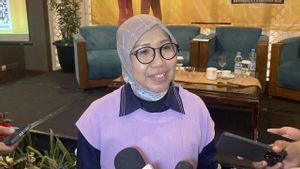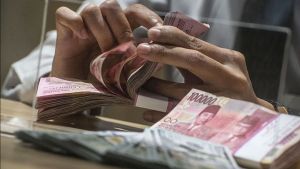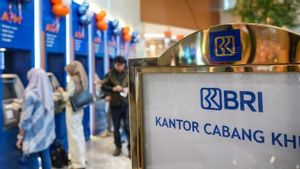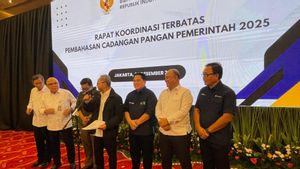JAKARTA - PT PLN (Persero) has again conducted a trial to increase the percentage of biomass in the co-firing program at the Steam Power Plant (PLTU). After previously being successful with a 5 percent share of biomass, PLN again conducted a trial to increase the composition of biomass to 20 percent at the Pulang Pisau PLTU, Central Kalimantan at the end of last July.
General Manager of PLN's Main Generation and Distribution Unit (UIKL) Kalimantan, Daniel Eliawardhana, said the success of the co-firing program in reducing carbon emissions was the background for increasing the portion of EBT as a substitute for coal.
"Pulang Pisau PLTU with a capacity of 90 megawatts (MW) has succeeded in converting some of its coal to biomass since October 2021. Currently, we are conducting trials to use more biomass and reduce the portion of coal," Daniel said in a statement to the media, Tuesday. August 9th.
Since its inception, the biomass co-firing program at the Pulang Pisau PLTU has burned more than 2,000 metric tons (MT) of wood chips and generated 2,437 mega watt hour (MWh) of electrical energy. In addition, more than 3,000 tons of carbon dioxide were successfully reduced in this co-firing program.
“By implementing the co-firing program, we can increase the efficiency of the PLTU operation while reducing the resulting carbon emissions. In terms of fuel quality, the calories possessed by wood chips are quite high, almost reaching 4,000 kcal per kg," he explained.
From the trials carried out, PLN found that the combustion process of 20 percent of biomass can run perfectly and there is no significant difference in characteristics between biomass and coal in general.
"The success of the co-firing trial at PLTU Pulang Pisau can be seen from the technical parameters which show that there is no significant difference between the use of 100 percent coal and mixing biomass," said Daniel.
Daniel added that the co-firing program at PLTU Pulang Pisau has created a people's economy because it utilizes plantation waste in the form of wood chips or small pieces of wood that come from communities around the PLTU.
"The biomass raw material used comes from local resources originating from Central Kalimantan plantations, this is expected to provide a multiplier effect for the community's economy," he added.
One of the raw materials for wood chips for the Pulang Pisau PLTU comes from the community of Buntoi Village, Kahayan Hilir, Pulang Pisau Regency.
"The need for wood waste at the Pulang Pisau PLTU creates jobs in the biomass processing sector for the people in our village," said Markirius, Head of Buntoi Village.
The English, Chinese, Japanese, Arabic, and French versions are automatically generated by the AI. So there may still be inaccuracies in translating, please always see Indonesian as our main language. (system supported by DigitalSiber.id)













